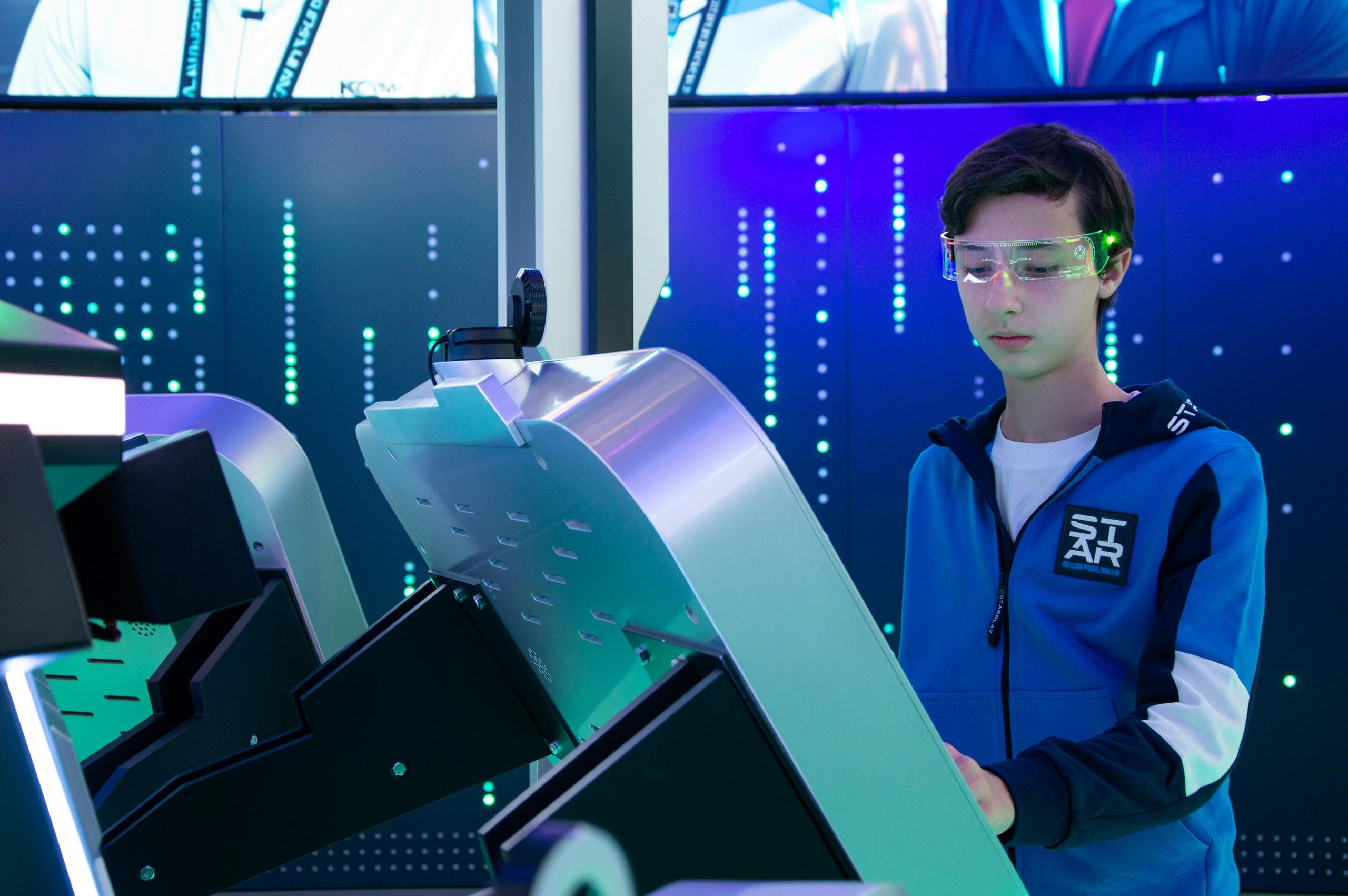The world of computing is evolving at an unprecedented pace, driven by the need for faster, more efficient, and innovative solutions. Next-generation computing systems are redefining what’s possible, leveraging breakthroughs in hardware, software, and artificial intelligence to push the boundaries of performance. From quantum computing to neuromorphic architectures, these advancements promise to revolutionize industries, enhance productivity, and solve complex global challenges. In this article, we explore the key technologies shaping the future of computing and how they will transform our digital landscape.
Quantum Computing: Unlocking Unprecedented Power
Quantum computing represents one of the most exciting frontiers in next-generation computing systems. Unlike classical computers that rely on binary bits (0s and 1s), quantum computers use qubits, which can exist in multiple states simultaneously thanks to the principles of superposition and entanglement. This enables them to perform complex calculations at speeds unimaginable with traditional systems.
Key benefits of quantum computing include:
- Exponential speedup for optimization problems
- Revolutionizing cryptography and cybersecurity
- Accelerating drug discovery and material science
Despite its potential, quantum computing faces challenges such as error rates and the need for ultra-cold operating environments. However, companies like IBM, Google, and startups like Rigetti are making significant strides in overcoming these hurdles.
Neuromorphic Computing: Mimicking the Human Brain
Neuromorphic computing is another groundbreaking approach, inspired by the structure and function of the human brain. These systems use artificial neurons and synapses to process information in parallel, drastically improving energy efficiency and cognitive capabilities.
Why neuromorphic computing matters:
- Low power consumption compared to traditional CPUs and GPUs
- Superior performance in real-time AI and machine learning tasks
- Potential for edge computing and IoT applications
Companies like Intel (with its Loihi chip) and research institutions are pioneering this technology, which could lead to smarter, more adaptive devices capable of learning on the fly.
Edge Computing: Bringing Processing Closer to the Source
As data generation explodes, traditional cloud computing models face latency and bandwidth limitations. Edge computing addresses these issues by processing data closer to where it’s generated—whether in smart devices, sensors, or local servers.
Advantages of edge computing:
- Reduced latency for real-time applications like autonomous vehicles
- Enhanced privacy and security by minimizing data transmission
- Lower bandwidth costs and improved reliability
Industries such as healthcare, manufacturing, and smart cities are already leveraging edge computing to enable faster decision-making and seamless automation.
AI and Machine Learning: The Brains Behind Next-Gen Systems
Artificial intelligence and machine learning are the driving forces behind many next-generation computing innovations. From optimizing hardware designs to enabling autonomous systems, AI is transforming how computers operate and interact with the world.
Key applications of AI in computing:
- Self-optimizing data centers that reduce energy consumption
- AI-driven chip design, accelerating the development of specialized processors
- Natural language processing for more intuitive human-computer interactions
With advancements in deep learning and neural networks, AI is poised to make computing systems more intelligent, adaptive, and efficient than ever before.
Sustainable Computing: Balancing Performance and Environmental Impact
As computing demands grow, so does its environmental footprint. Next-generation systems are prioritizing sustainability through energy-efficient designs, renewable energy integration, and innovative cooling solutions.
Strategies for greener computing:
- Development of low-power processors and accelerators
- Adoption of liquid immersion cooling for data centers
- Use of AI to optimize energy usage in real-time
By embracing sustainability, the tech industry can reduce its carbon footprint while continuing to deliver cutting-edge performance.
Next-generation computing systems are set to redefine speed, efficiency, and innovation across every sector. From quantum leaps in processing power to brain-inspired architectures and AI-driven automation, these technologies promise to unlock new possibilities for businesses, researchers, and consumers alike. As we stand on the brink of this computing revolution, one thing is clear: the future is faster, smarter, and more sustainable than ever before.
